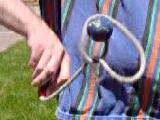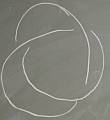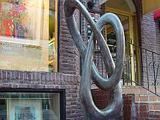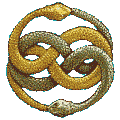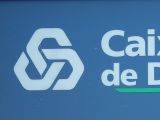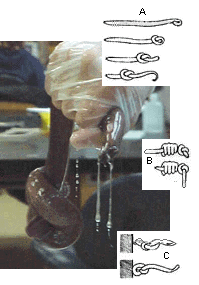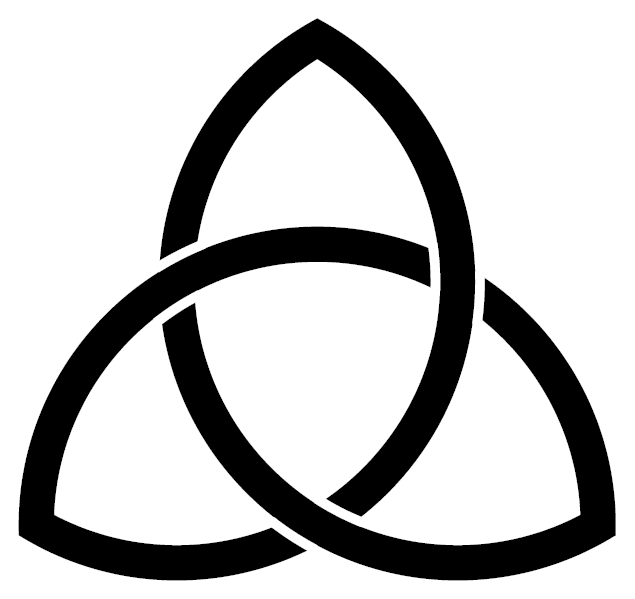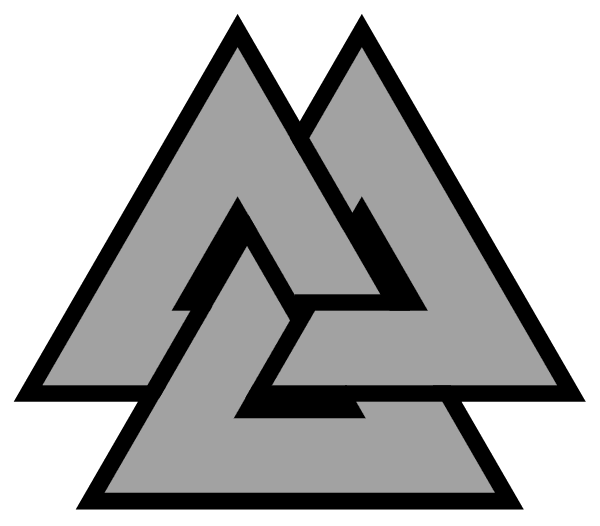3 1 Further Notes and Views: Difference between revisions
From Knot Atlas
Jump to navigationJump to search
No edit summary |
No edit summary |
||
| Line 19: | Line 19: | ||
text = A Knotted Box [http://www.math.toronto.edu/~drorbn/Gallery/KnottedObjects/KnottedBox.html]| |
text = A Knotted Box [http://www.math.toronto.edu/~drorbn/Gallery/KnottedObjects/KnottedBox.html]| |
||
}} |
}} |
||
|} |
|||
<div class="NavFrame"><div class="NavHead">'''Furthe images...''' </div> |
|||
<div class="NavContent"> |
|||
{| style="background: transparent;" |
|||
|- valign=top |
|- valign=top |
||
{{Knot View Template| |
{{Knot View Template| |
||
| Line 54: | Line 58: | ||
}} |
}} |
||
|} |
|} |
||
</div></div> |
|||
<br clear=left> |
<br clear=left> |
||
